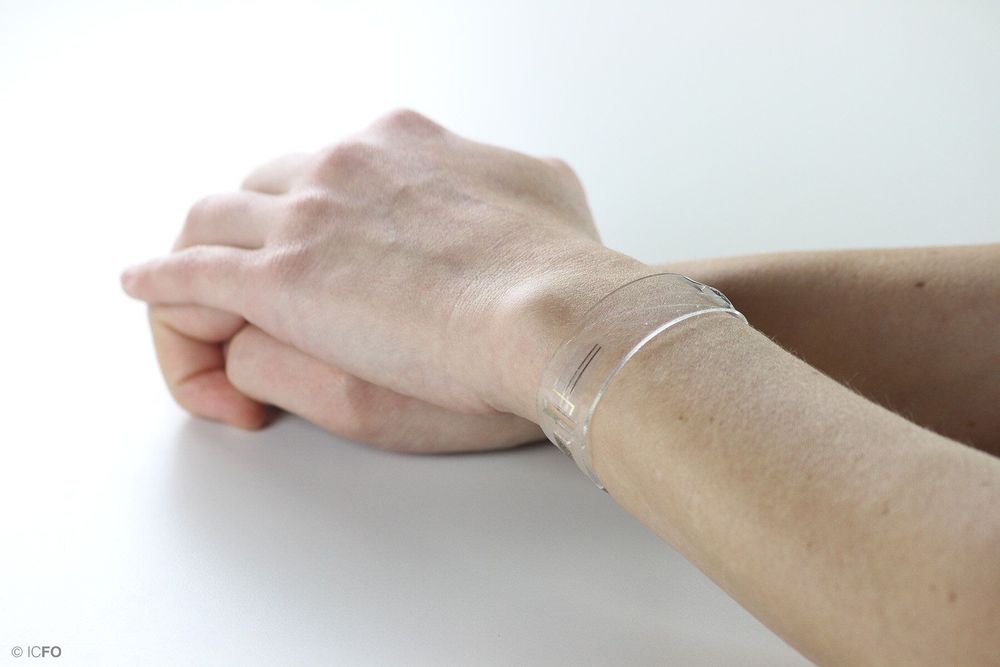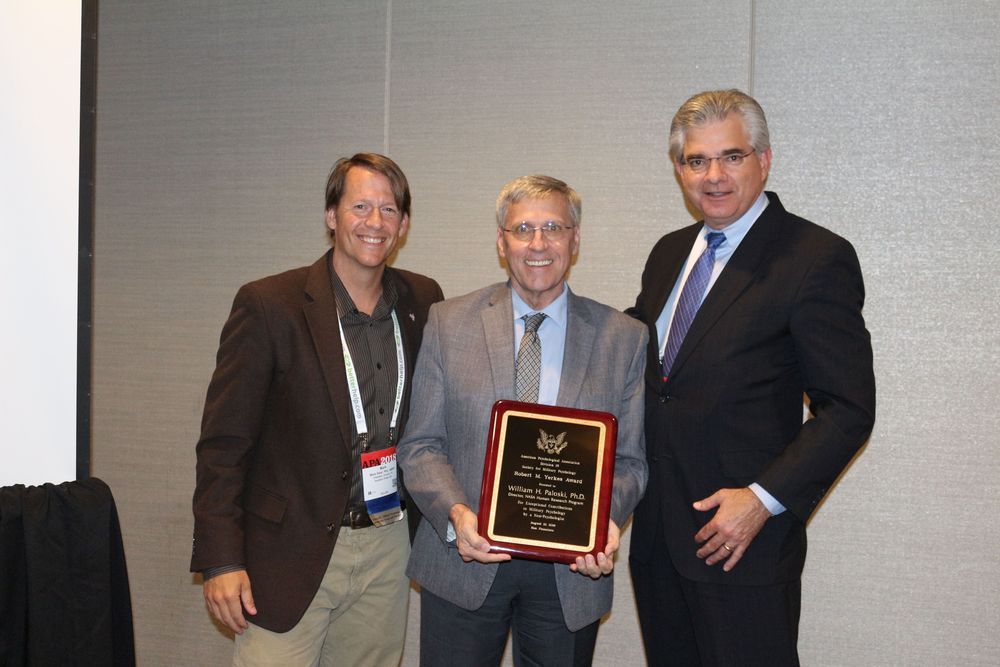Archive for the ‘health’ category: Page 289
Sep 15, 2019
Fasting for 72 Hours Can Reboot the Entire Immune System, Research Shows
Posted by Paul Battista in categories: biotech/medical, food, health
Anybody can cook, even if it’s only a fried egg – but not just anyone has the discipline to fast. This ancient practice of abstaining from eating for a day, or sometimes even a week or more has a history of curing a whole host of health problems, but even a brief fast can completely re-boot your immune system.
This practice isn’t without criticism by modern nutritionists and unbelievers, but research implies that when the body is hungry in short spurts, it can kick-start stem cells into producing new white blood cells.
White blood cells, also known as leukocytes, are the cells which the immune system uses to fight against foreign invaders like viruses and bad bacteria.
Sep 15, 2019
Artificial Intelligence and India
Posted by Müslüm Yildiz in categories: economics, education, engineering, food, government, health, internet, robotics/AI

The competition between the United States and China on artificial intelligence is heating up recently. In the coming AI Race, can India with an abundance of engineering talent really catch up with the US and China?
Artificial Intelligence, Machine Learning, Robotics, and The Internet of Things (IoT) are one of the rapidly advancing technological developments. The rate of progress in the field of these is amazingly rapid. From SIRI to self-driving cars, artificial intelligence is changing our daily life in many ways.

The makers of this Star Trek-looking device say it can help you lose weight without diet or exercise.
Sep 13, 2019
New health monitors are flexible, transparent and graphene enabled
Posted by Saúl Morales Rodriguéz in categories: biotech/medical, health, mobile phones, wearables
New technological devices are prioritizing non-invasive tracking of vital signs, not only for fitness monitoring, but also for the prevention of common health problems such as heart failure, hypertension and stress-related complications, among others. Wearables based on optical detection mechanisms are proving an invaluable approach for reporting on our bodies inner workings and have experienced a large penetration into the consumer market in recent years. Current wearable technologies, based on non-flexible components, do not deliver the desired accuracy and can only monitor a limited number of vital signs. To tackle this problem, conformable non-invasive optical-based sensors that can measure a broader set of vital signs are at the top of the end-users’ wish list.
In a recent study published in Science Advances, ICFO researchers have demonstrated a new class of flexible and transparent wearable devices that are conformable to the skin and can provide continuous and accurate measurements of multiple human vital signs. These devices can measure heart rate, respiration rate and blood pulse oxygenation, as well as exposure to UV radiation from the sun. While the device measures the different parameters, the read-out is visualized and stored on a mobile phone interface connected to the wearable via Bluetooth. In addition, the device can operate battery-free since it is charged wirelessly through the phone.
“It was very important for us to demonstrate the wide range of potential applications for our advanced light sensing technology through the creation of various prototypes, including the flexible and transparent bracelet, the health patch integrated on a mobile phone and the UV monitoring patch for sun exposure. They have shown to be versatile and efficient due to these unique features,” reports Dr. Emre Ozan Polat, first author of this publication.
Sep 13, 2019
Cryotechnology in Diagnosing and Treating Lung Diseases
Posted by Paul Battista in categories: biotech/medical, health
Cryotechnology has been used in treating lung cancer for many years, now it is emerging to have a new indication in diagnosing lung diseases. Cryoprobe transbronchial lung biopsy has been introduced into clinical practice as a new technique, providing a larger biopsy specimen, potentially improving the diagnostic yield of transbronchial biopsies in parenchymal lung diseases. Although recent small pilot studies suggest that cryotransbronchial lung biopsies are comparable to conventional transbronchial biopsies in terms of diagnostic yield and safety profile in lung transplant patients, cryoprobe transbronchial lung biopsy is still being evaluated and its role in clinical practice is not well defined. Cryotherapy has been proven as a safe and effective method to debulk endobronchial lesions, providing palliation for advanced central obstructive tumors. Its use and efficacy is also studied in direct cryosurgery and percutaneous application in lung cancer. Cryoprobes can also be used to extract foreign bodies from the airways by causing cryoadhesion. We aim to summarize the therapeutic and diagnostic application of cryotechnology in pulmonary diseases.
Sep 13, 2019
Prof. Dr. Collin Ewald — ETH Zürich — Extracellular Matrix and Healthy Aging — IdeaXme Show — Ira Pastor
Posted by Ira S. Pastor in categories: aging, biological, biotech/medical, cryonics, DNA, genetics, health, life extension, neuroscience, science

Sep 13, 2019
Dr. Anthony Atala — Wake Forest School of Medicine — Organ Bio-Printing — IdeaXme Show — Ira Pastor
Posted by Ira S. Pastor in categories: 3D printing, aging, bioengineering, bioprinting, biotech/medical, business, health, life extension, science, transhumanism

Sep 12, 2019
Conquering the Challenge of Isolation in Space: NASA’s Human Research Program Director Receives National Recognition
Posted by Genevieve Klien in categories: biotech/medical, government, health, military, space
On a recent afternoon at the Johnson Space Center, Bill Paloski, Ph.D., Director of NASA’s Human Research Program (HRP), commented on HRP’s mission to protect the health and safety of astronauts. He reflected on some of the human hazards of space, including radiation, isolation and confinement, distance from Earth, altered gravity, and hostile/closed environments.
“We still have a lot to learn about these hazards,” says Paloski. “For instance, how long does it take for space radiation to damage the human body? When you’re isolated, and can’t get home or talk to your family, how long can you stay positive? NASA’s Human Research Program exists to ensure the safety of brave people who are navigating unfamiliar territory in very stressful conditions. We need this program and its research teams to develop strategies to protect our explorers and pioneers who represent the front line of our nation’s space program.”
Paloski’s dedication to improving the lives of this “front line” has provided benefit to other sectors of the federal government, including those who serve the nation in high-risk missions and those in our military services. In recognition of these benefits, Paloski recently received the prestigious Robert M. Yerkes Award for significant contributions to military psychology by a non-psychologist.
Sep 12, 2019
Strengthen muscles as well as heart to stay fit and healthy, say top doctors
Posted by Paul Battista in categories: biotech/medical, health
Tai chi for older adults and exercise for pregnant women are recommended in new official guidance.













